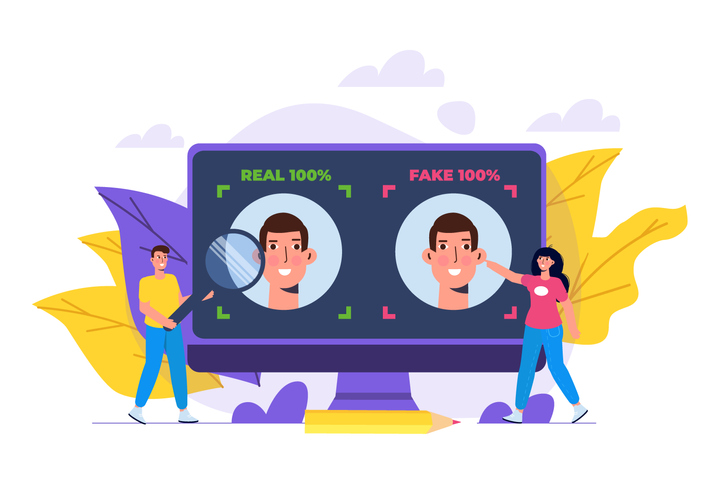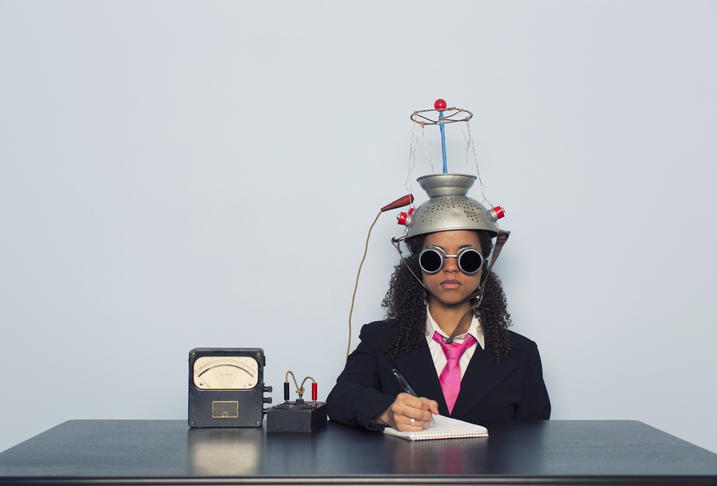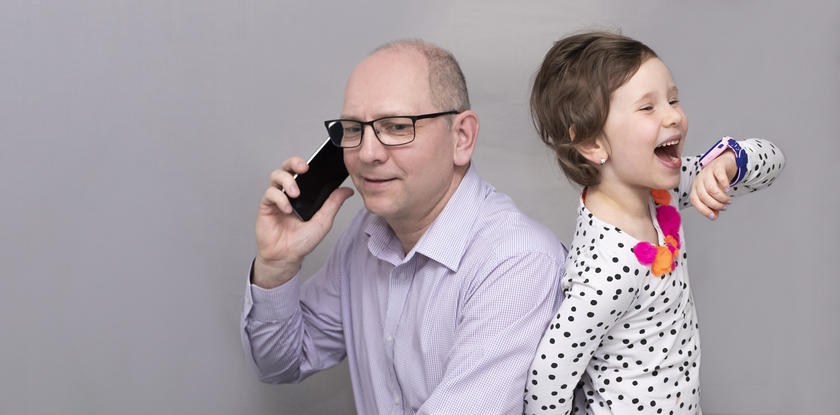With Deepfakes, You Can’t Believe Your Eyes.

Seeing is no longer believing. Welcome to the world of deepfakes.
Video-editing software has advanced to the point that it’s no longer just the movie studios who can make the impossible seem real (think Luke Skywalker’s recent Mandalorian cameos).
Made with equipment available to the general public, deepfakes can appear to the casual observer to be an actual recording of a real person and event. In truth, it’s a manipulated—or, in some cases, entirely fabricated—digital movie file. A series of ones and zeros designed to deceive.
With a deepfake video, it’s possible to portray someone doing or saying something that never happened. The implications are obvious and troubling. It’s easy to imagine a deepfake video sullying someone’s reputation at work or school. In the hands of a bully, a phony video could expose a classmate to embarrassment and ridicule. We are in an era in which you can no longer believe your eyes.
What you need to know
Deepfakes are made by capturing photos or videos of someone and then grafting that person’s face or body onto another video. Artificial intelligence stitches the pieces together in ways that are becoming increasingly smooth and convincing. The more video footage of yourself and your loved ones you put out there, the more material you’re providing to would-be deepfakers.
It really does happen
The Washington Post reported on a mother in Pennsylvania who used deepfake technology to generate false videos of three high school cheerleaders, making it appear that they were naked and using drugs and alcohol. Her goal was to get the girls kicked off the Victory Vipers team because they were competing against her daughter.
To protect yourself and your children, only post images and videos in private social networks that you control. You might also consider adding a digital watermark to your videos to make them less appealing to deepfakers.



